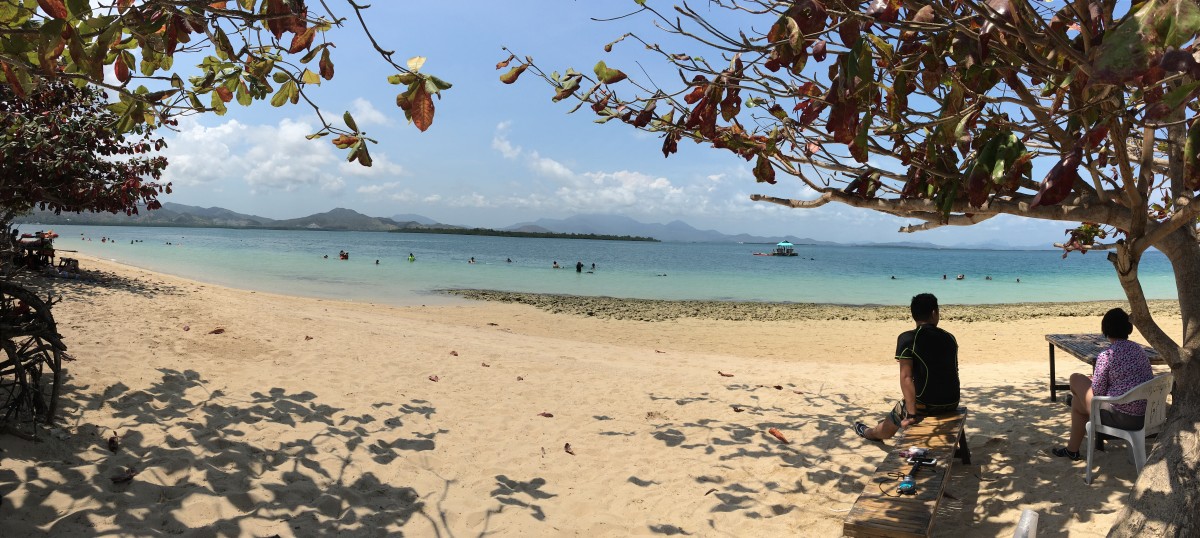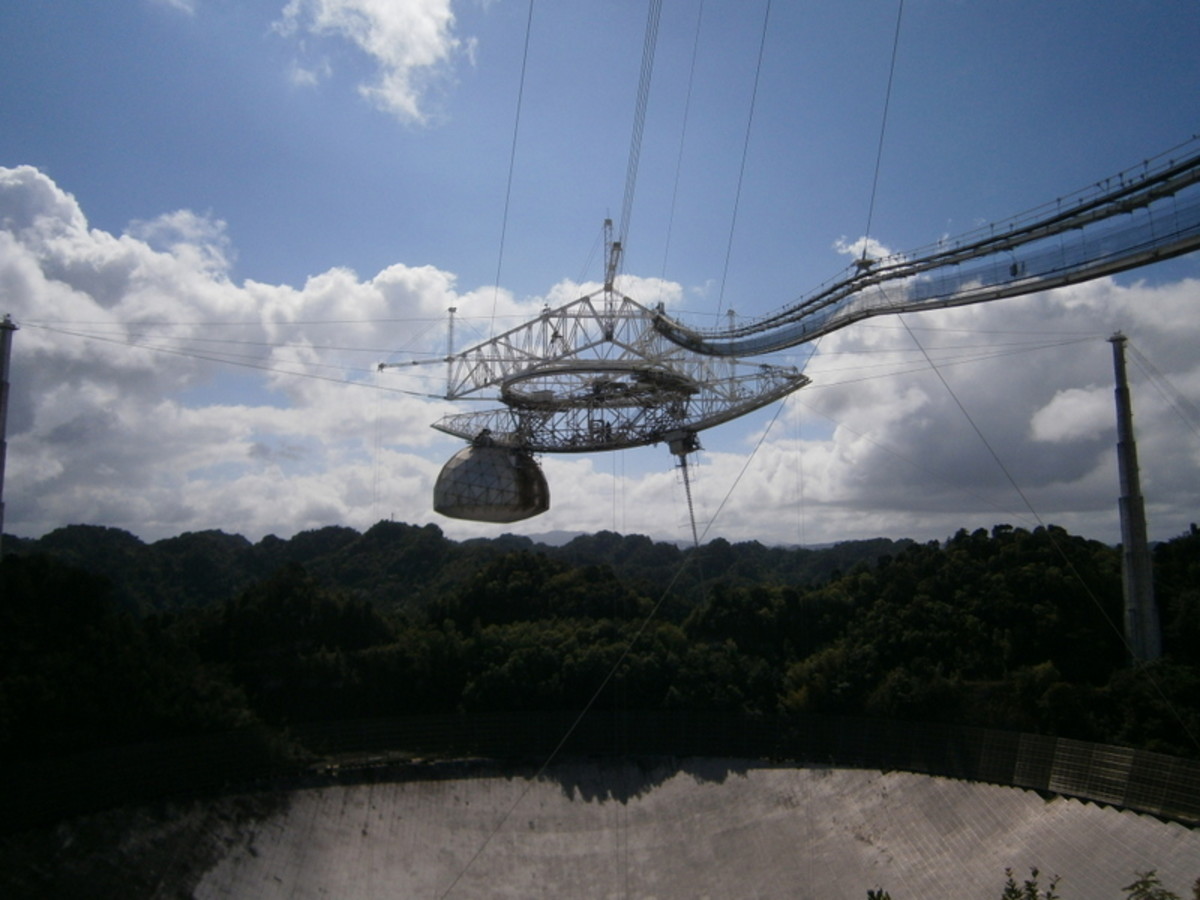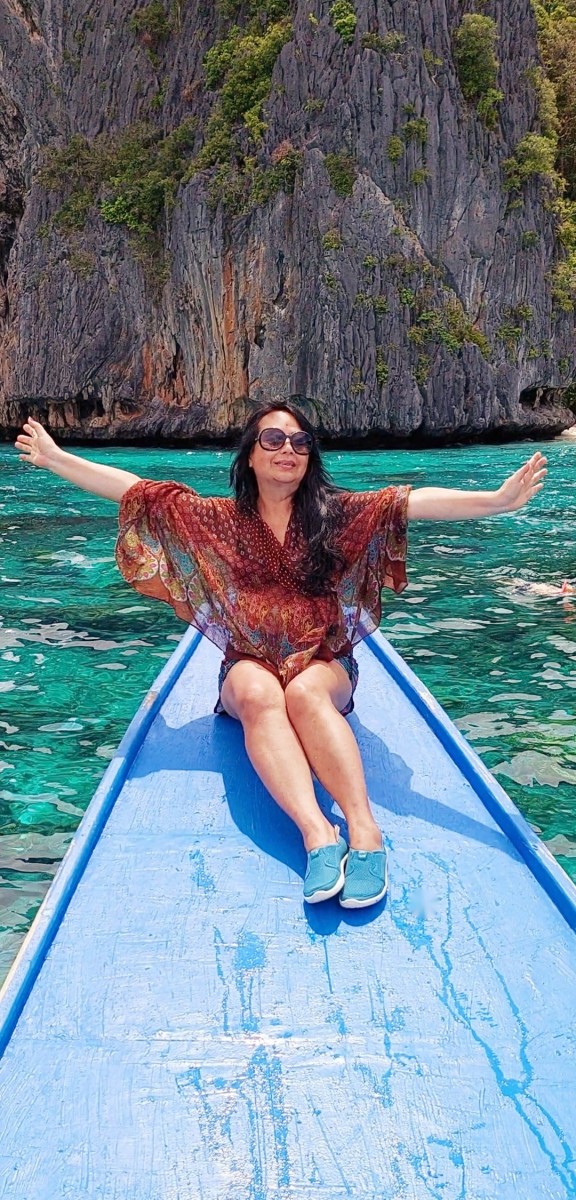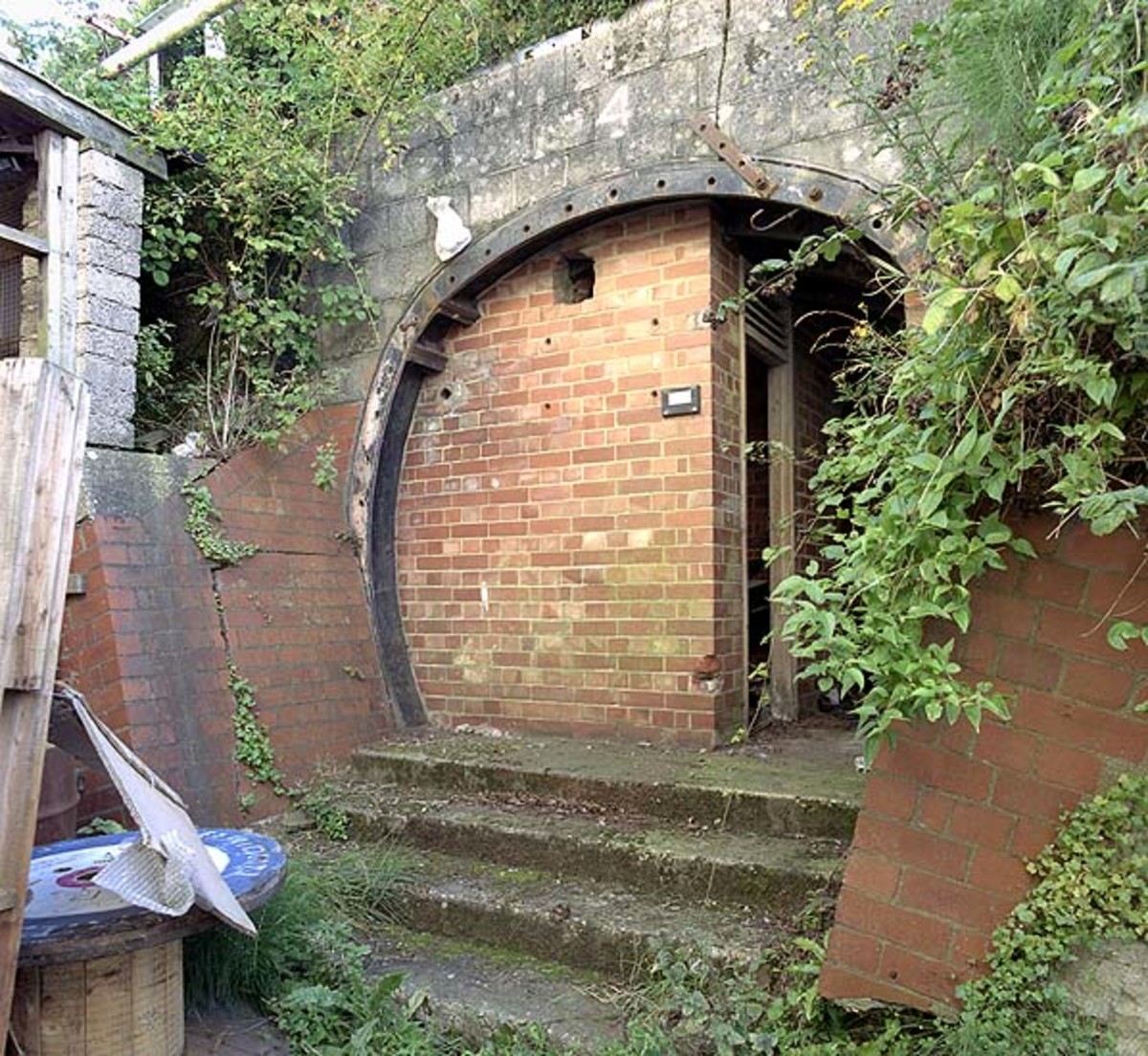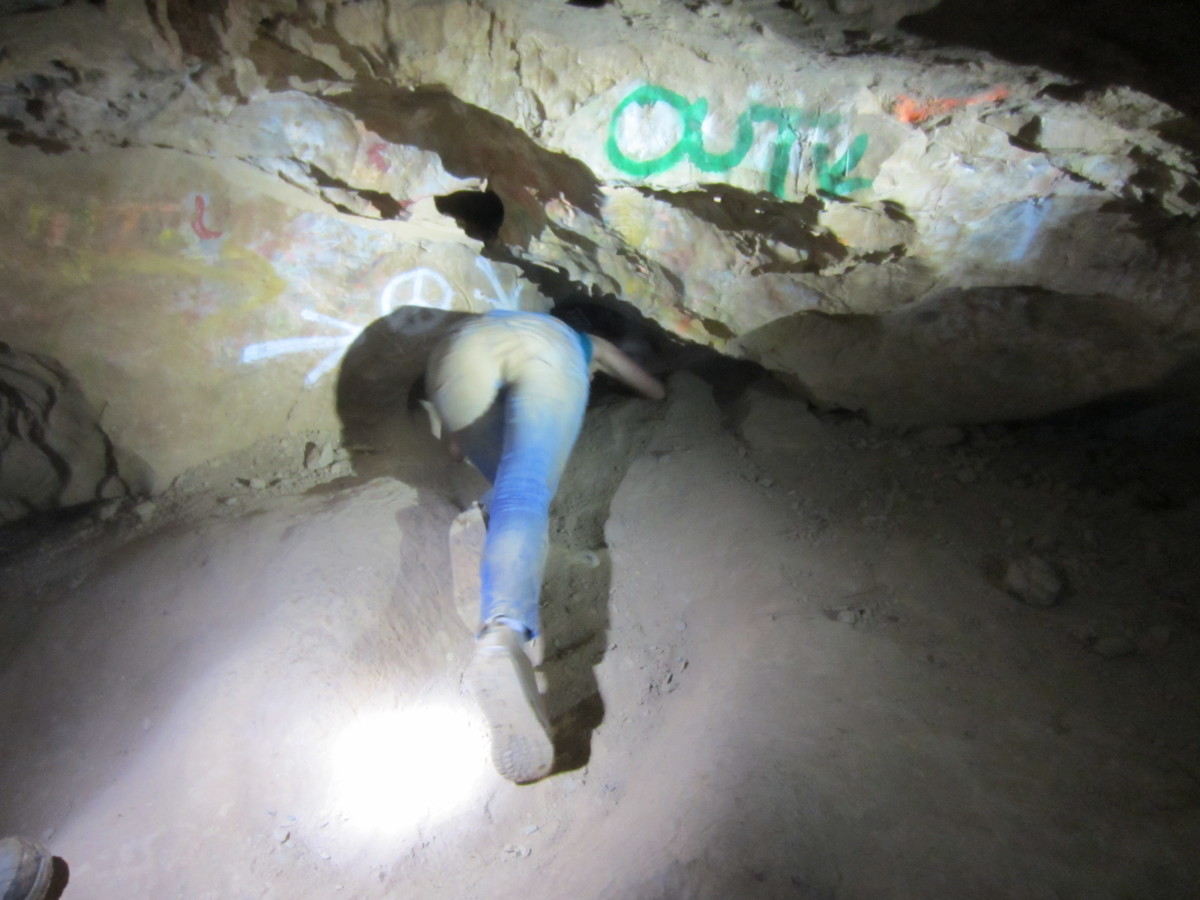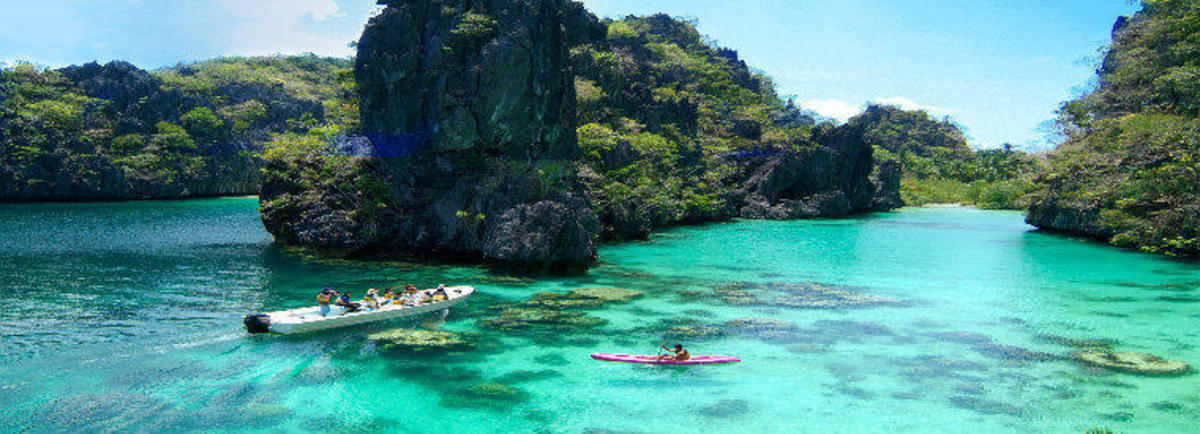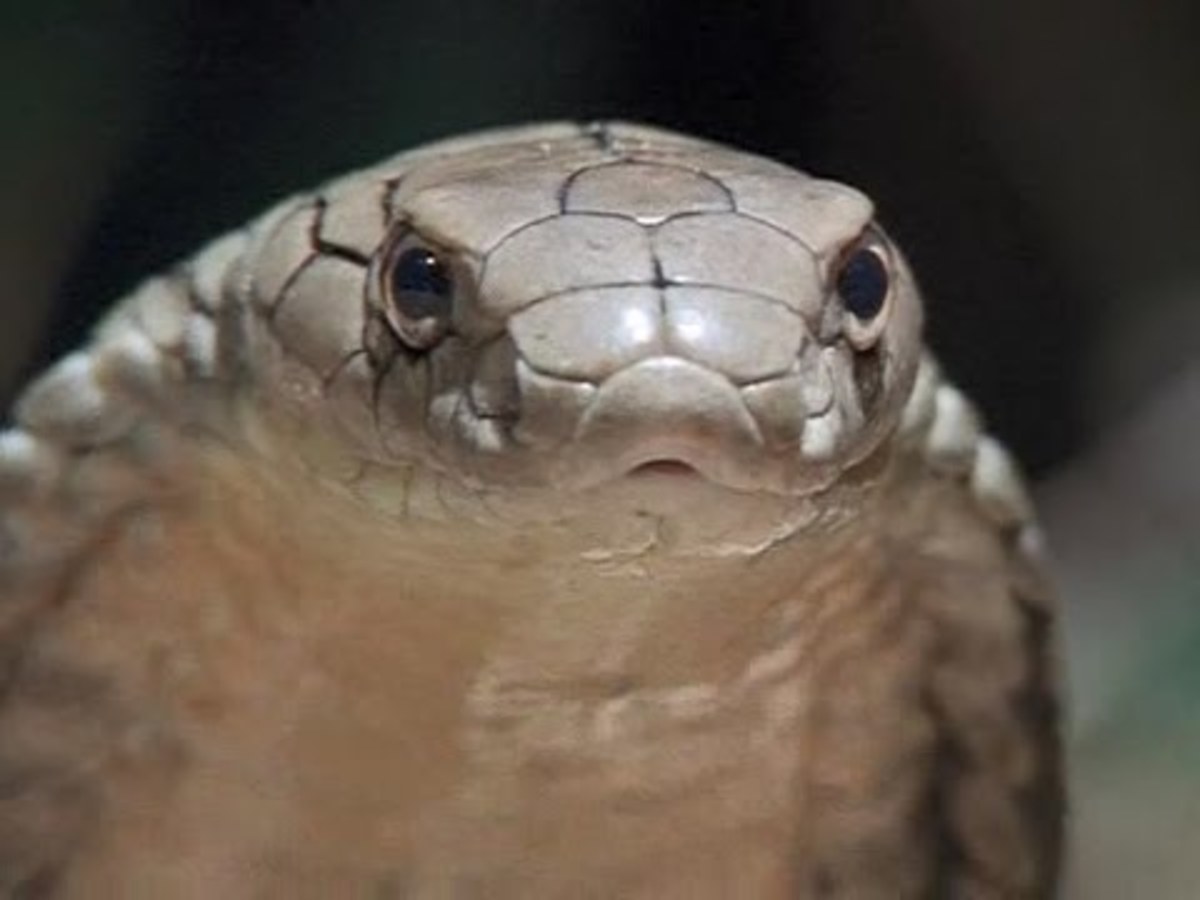Caves and Underground Rivers Pictures
The cave is a wonderful subject. Its unpredictable environment can make it the trickiest subject that can produce both the worst and the best photos. It's surfaces and caverns can form beautiful, artistic twists in one's photos. And, the light in the cave, whether natural or artificial, can create magical touches on the cave's facade.
The Puerto Princesa Subterranean River (Palawan, Philippines)
Located in the midwest coast of Palawan, the Puerto Princesa Underground River flows into the South China Sea. Before the underground river in the Yucatan Peninsula was discovered, the Puerto Princesa Subterranean River (8.2 kilometers) was the longest underground river in the world. Within the winding caverns of the cave are amazing stalctite and stalagmite formations that the friendly guide would compare to different animals and fruits. The fossils of sea cows can also be found deep inside the cave.
Since no lights are installed in the cave, it can be very tricky to take pictures during the tour. The pictures in this cave were taken with an Olympus Tough TG-610 with an automatic setting.
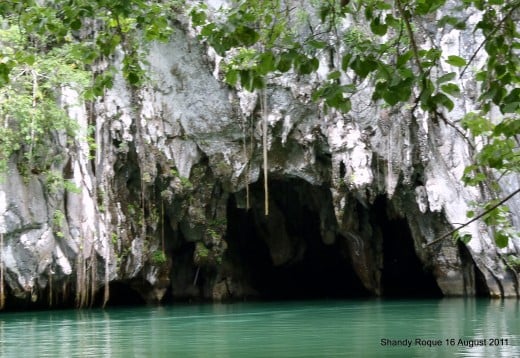
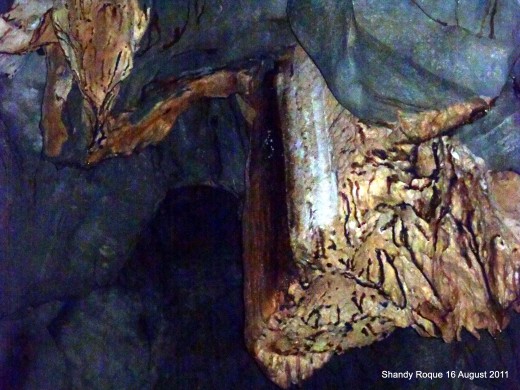
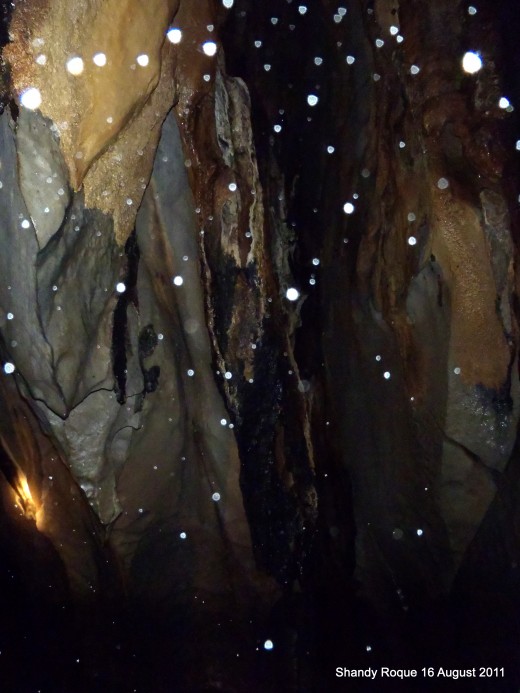
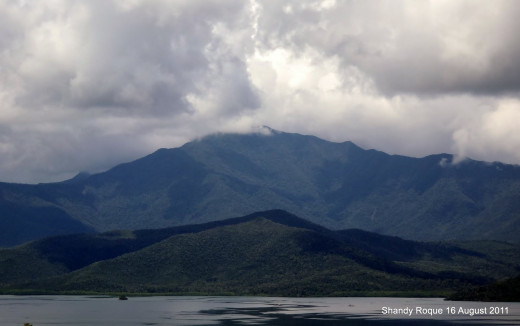
The underground river is located in a river 50 kilometers from the Puerto Princesa city centre.
How To Get There
In the Philippines, most domestic flights leave from Manila. From there you can fly to Puerto Princesa via Cebu Pacific.
The underground river is 50 kilometers from the city center of Puerto Princesa. You can either rent a motorbike or a car to drive there in your own or book a tour with your hotel. The motorbikes available are dirt bikes and mopeds. Renting a Honda XR200 for a day is around 800 pesos (around 20 dollars) which is half the price of hotel tours which are usually 1,500 to 2,000 pesos (around 35 to 40 US dollars) per person. Renting a car, unfortunately, would be the most expensive option.
The bonus of having your own transportation is being able to stop at view points. Another advantage is being able to choose what you'll have for lunch as most tour packages include a packed lunch. If you are going there on your own, however, you need to find the tourist office which is by the docking area of the boats that ferry tourists to the underground river. After securing passes, you might have to ask some tourists if you could share a boat with them. Otherwise, you'll be paying a lot for one short boat ride if you are alone. The upside is that Filipinos are very fluent in English and are hospitable and friendly. So, just find a group of Filipino tourists to share a boat with.
The boat takes you to the island where the underground river is located. And, from the beach, you'll be led to a receiving area where you'll be given a hard hat and a life vest. Here, you will be asked to wait for a smaller boat to take you into the cave.
Positive Points:
Although the entrance to the national park looks pretty built up, the cave is in its natural state. There's a huge chance you'll see some cave dwellers slithering in the water.
The guide can speak English and he can definitely give you a taste of Filipino banter and humor.
The entrance to the national park has a decent toilet and a small convenience store.
Negative Points:
The small boat used to tour the underground cave has too many people on it.
The sea cow fossils is an additional attraction and you will be asked to pay an additional amount to see it. Unfortunately, the guide will ask everyone about this at the end of the tour while you are still in the cave before he heads back to the area where tourists are dropped off. Chances are most of the people on the boat will not want to see it and you can't really ask them to swim back on their own.
Tham Kong Lo (Hin Boun, LAOS)
Located in Central Laos, the Hin Boun River flows through the Kong Lo Cave. The winding cave is 7 kilometers long and is 100 meters wide in some areas. In it are stalagmite and stalactite formation which are enhanced by blue and white lights. Outside are majestic, dark karsts that seem to loom over you.
A Nikon D5000 was used to take the pictures posted below. The challenge was keeping the camera still while shooting in low shutter speeds without the use of a tripod.
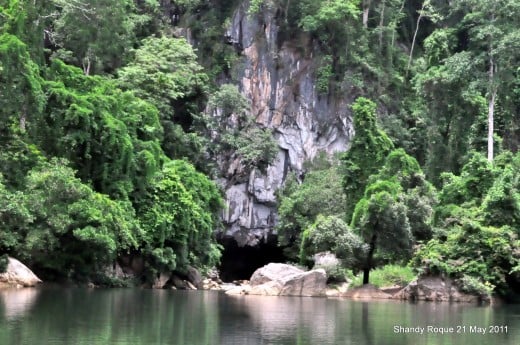
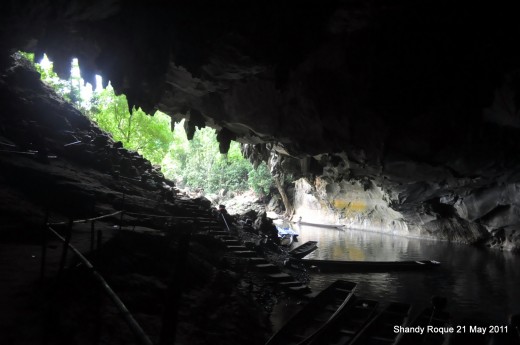
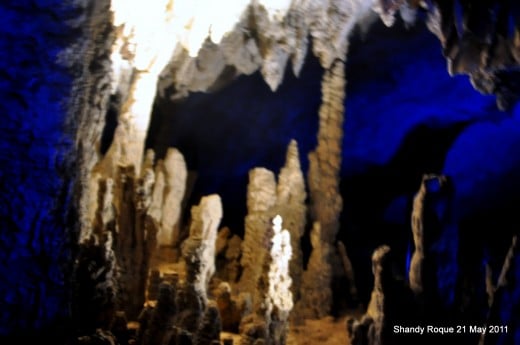
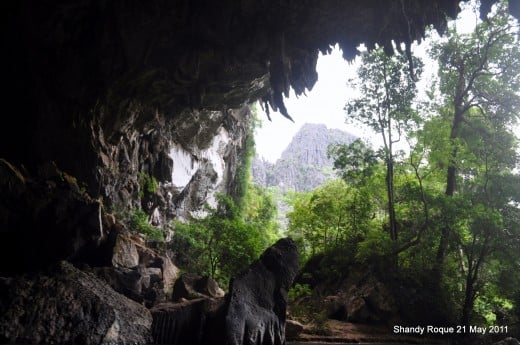
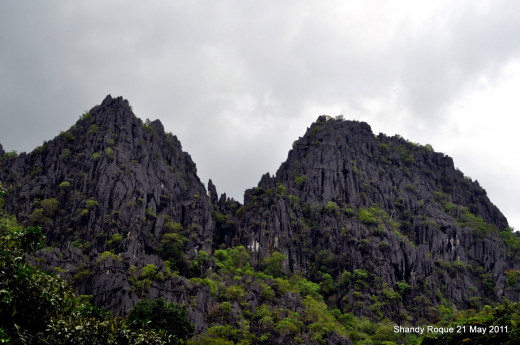
Follow the National 13 to get to Hinboun where the Kong Lor Caves are located.
How To Get There
By Public Transportation:
From Vientiane, take a bus to Ban Nahine which costs 60,000 kip per person. From there you can take a tuk tuk or bus to the cave.
By Private Transportation:
Follow Road 13 and turn left to Road 8. Once you reach the dam on Road 8, turn right towards Hinboun.
Where to Stay:
The Sala Hinboun and Sala Kong Lor are very close to the cave. In fact, they arrange boat trips from both guesthouses.
Tham Pha Buddha Cave (Muang Sui or Nong Tang, LAOS)
52 kilometers from Phonsavan is a beautiful and peaceful area called Muang Sui or Nong Tang. In this seemingly uninhabited spot is a cave filled with small Buddha figures that were hidden in it during the Haw invasion which happened centuries ago.
A Nikon D5000 camera was used to take the pictures. The lights that were installed in the cave made taking photos easier.
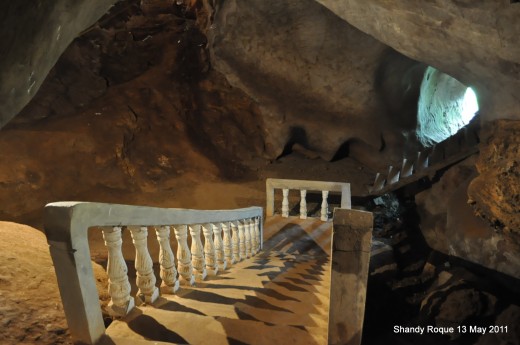
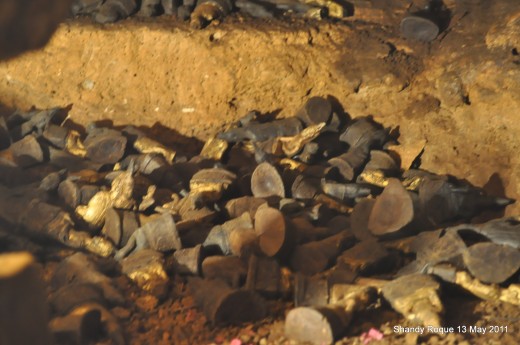
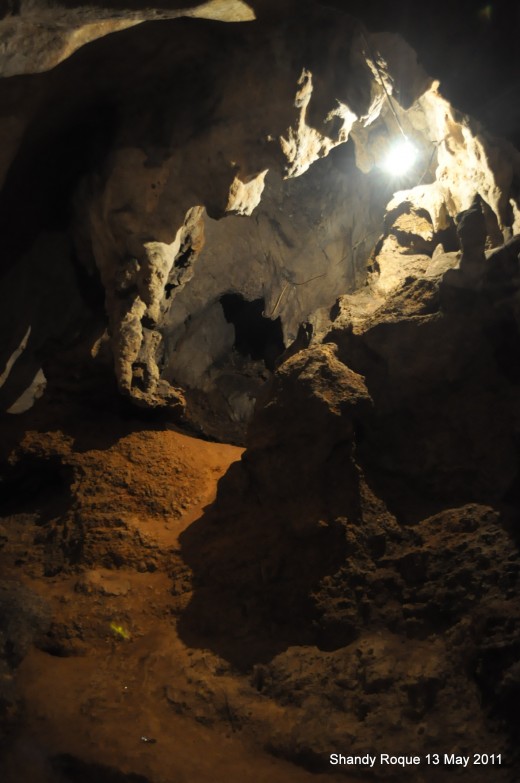
The Kiln Cave (Phonsavan, LAOS)
According to a legend, the jars in the Plain of Jars were created by baking them in a cave. This is a cave found near Site 1. It could be the cave that was used a kiln in order to make the jars.
A Nikon D5000 was used to take these pictures.
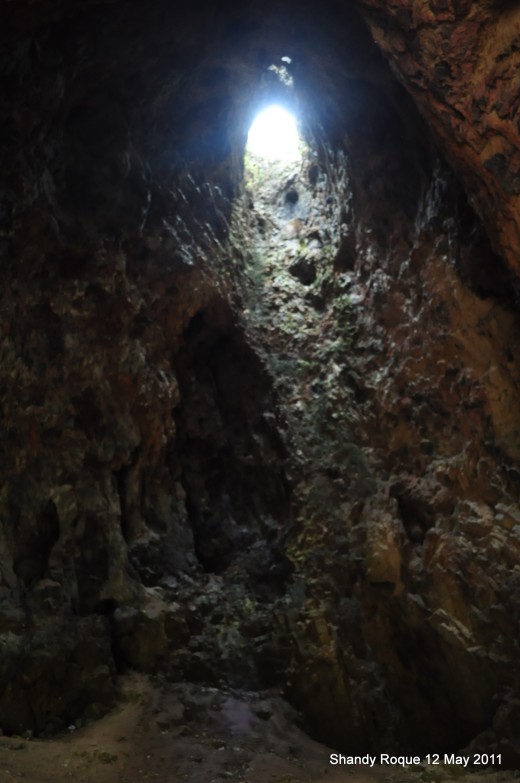
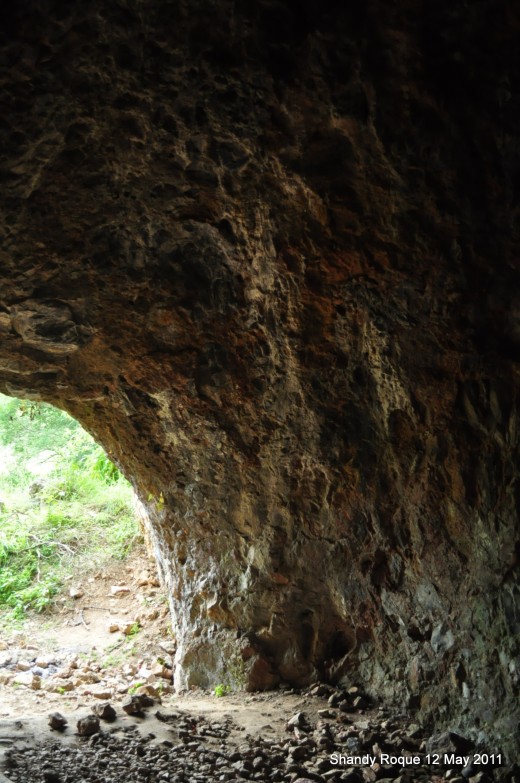
The Vieng Xai Caves (LAOS)
Deep in the karsts scattered all over Vieng Xai is a secret city where the Pathet Laos stayed during the Second Indochina War. These huge caves protected them from the tons of bombs that the Americans dropped.
A Nikon D5000 was used to take the following pictures.
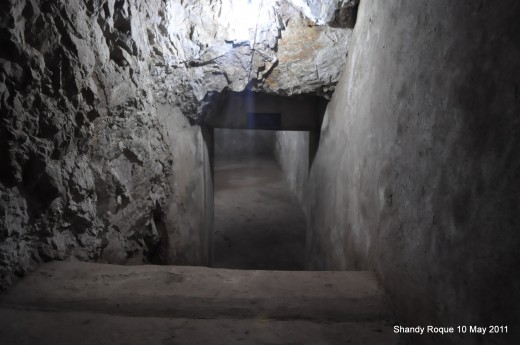
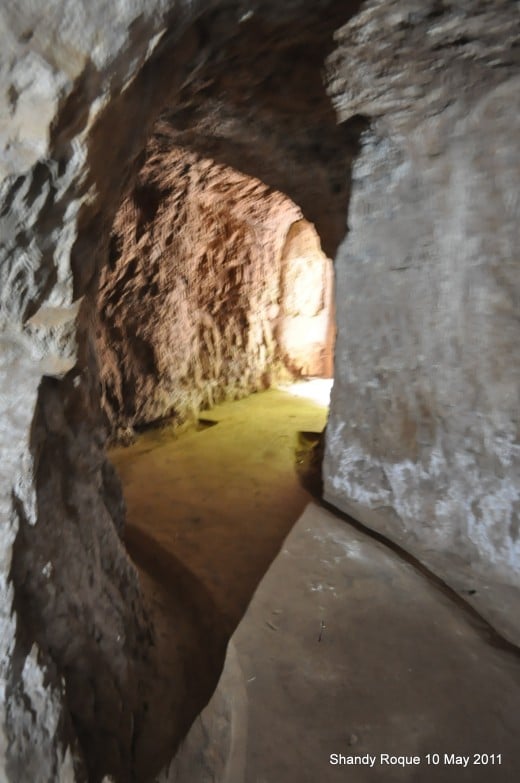
Which cave would you like to visit?
© 2011 Adventure Lover

